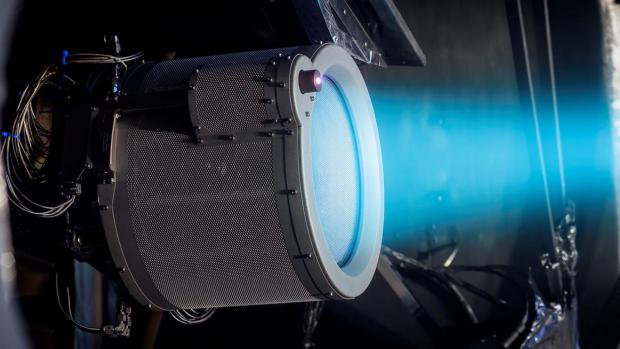
Breaking News
 Food Banks All Over The U.S. Are Being Overwhelmed By A Tsunami Of Hungry People
Food Banks All Over The U.S. Are Being Overwhelmed By A Tsunami Of Hungry People
 Kids' Online Safety Laws Could Dig a Graveyard for Speech and Privacy
Kids' Online Safety Laws Could Dig a Graveyard for Speech and Privacy
 The Only REAL Solution to Digital ID - #SolutionsWatch
The Only REAL Solution to Digital ID - #SolutionsWatch
Top Tech News
 Japan just injected artificial blood into a human. No blood type needed. No refrigeration.
Japan just injected artificial blood into a human. No blood type needed. No refrigeration.
 The 6 Best LLM Tools To Run Models Locally
The 6 Best LLM Tools To Run Models Locally
 Testing My First Sodium-Ion Solar Battery
Testing My First Sodium-Ion Solar Battery
 A man once paralyzed from the waist down now stands on his own, not with machines or wires,...
A man once paralyzed from the waist down now stands on his own, not with machines or wires,...
 Review: Thumb-sized thermal camera turns your phone into a smart tool
Review: Thumb-sized thermal camera turns your phone into a smart tool
 Army To Bring Nuclear Microreactors To Its Bases By 2028
Army To Bring Nuclear Microreactors To Its Bases By 2028
 Nissan Says It's On Track For Solid-State Batteries That Double EV Range By 2028
Nissan Says It's On Track For Solid-State Batteries That Double EV Range By 2028
 Carbon based computers that run on iron
Carbon based computers that run on iron
 Russia flies strategic cruise missile propelled by a nuclear engine
Russia flies strategic cruise missile propelled by a nuclear engine
 100% Free AC & Heat from SOLAR! Airspool Mini Split AC from Santan Solar | Unboxing & Install
100% Free AC & Heat from SOLAR! Airspool Mini Split AC from Santan Solar | Unboxing & Install
BepiColombo's journey to Mercury relies on ion power

The new solar-electric propulsion system, in conjunction with a series of nine planetary flybys, will allow the unmanned spacecraft to reach its destination against the pull of the Sun's gravity.
After a successful launch from the European Spaceport in Kourou, French Guiana, the BepiColombo mission to Mercury is currently undergoing system checks before deploying its instruments and going to hibernation for the long five-year journey. However, it won't be a quiet sleep.
Unlike traveling to the outer planets, getting to Mercury poses its own peculiar problems. To reach Mars, for example, a spacecraft needs rockets to boost its velocity, so it can go into an orbit farther from the Sun. It's a bit like pushing a wagon uphill. As you do so, you're actually pumping energy into the wagon as it is moved away from the center of the Earth. But in going to one of the inner planets, you're hurtling downhill and hoping there's something soft to crash into.
This suggests that sending a probe to one of the inner planets should be as easy as dropping a stone down a well, but it turns out to be anything but. True, a relatively small rocket could push a spacecraft toward Mercury, but as it traveled, it would accelerate, shoot past its target and slingshot around the Sun going much faster than before.

 "Refusal to Disclose"
"Refusal to Disclose"

